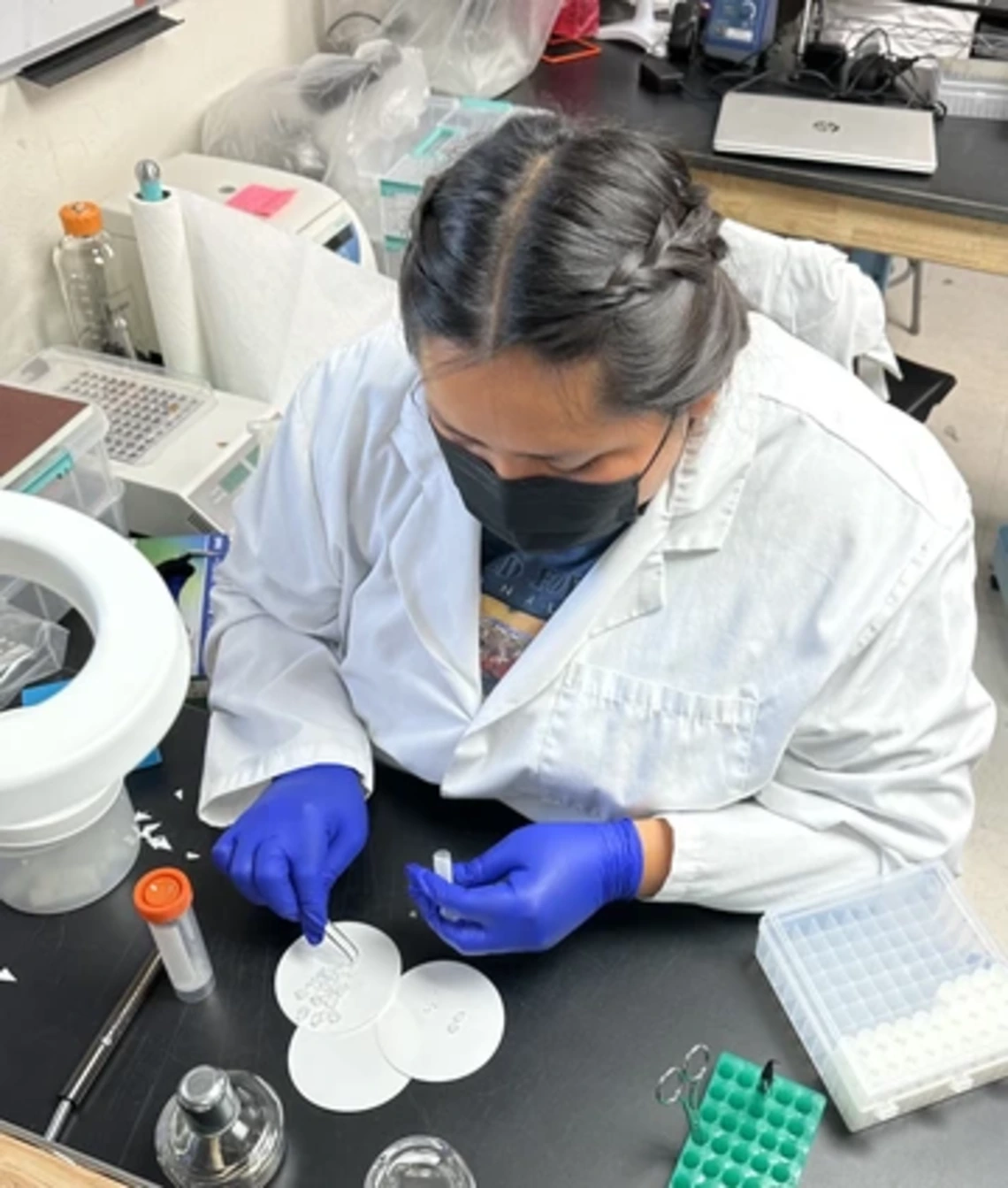U of A topped $257M in active research partnerships with Native tribes in fiscal year 2025

In fiscal year 2025, the university counted more than $257 million in funding for active research partnerships that involved tribal communities, according to a database by the university's Native Peoples Technical Assistance Office, known as NPTAO.
"This just shows how much collaboration and partnership our university has with Native Nations," said Levi Esquerra, special adviser for Native American affairs in the Office of the Provost. "We respect sovereign nations and we've put procedures in place to ensure they receive the benefits of the research we do."
The $257 million figure accounts for all projects that were active at any point in fiscal year 2025, including projects that have run for many years. It also includes the $78 million All of Us Research Program, a national public health initiative that aims to gather health data about as many people as possible and therefore includes many Native American study participants.
The database represents an array of research across campus done in partnership with and for hundreds of tribal communities, especially Arizona's 22 recognized tribes. Projects represented in the database include a federally funded center to revitalize Native languages in the College of Education; a program from the Southwest Institute for Research on Women to address substance abuse among Native American women; a video dictionary of tribal sign languages, also in the College of Education; a project in the Mel and Enid Zuckerman College of Public Health to design protocols and best practices for managing global Indigenous data; and more. The College of Engineering was the college with the highest amount of tribal research funding in fiscal year 2025, with nearly $38 million in partnerships.
The database is another marker of the university's commitment to Native Nations and their students, said Tessa Dysart, assistant vice provost for Native American initiatives. The university counted more than 2,000 Native students among its total enrollment of about 57,000 last fall, representing about 200 tribes.
"As an R1 research institution, our students come here hoping to do research," Dysart said, referring to the U of A's designation as a leading research institution. "It's exciting that we can offer our Native students an experience that connects deeply to who they are and supports their communities."
For a full article please visit NAAIR.
